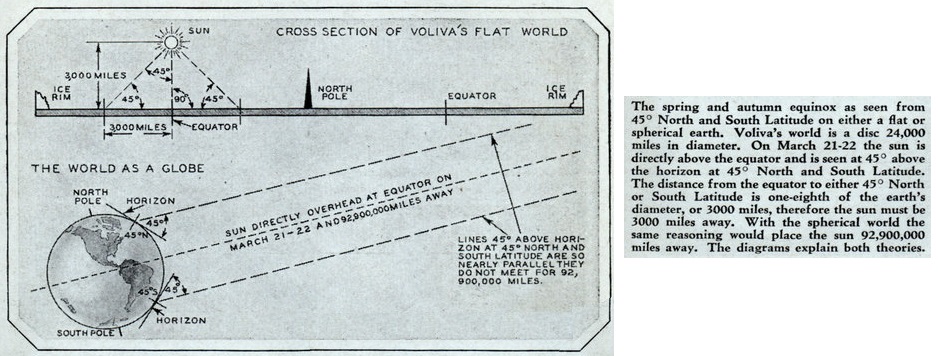Hi guys, I've been directed here from @HoaxEye on twitter.
I'm relatively new to flat earth research and have been gripped by the fact that we see too far.
[Mod: Simplified post to single claim]
How we can see objects(mountains, ships, beaches, lighthouses etc) that should be obstructed by earths curvature when using spherical trigonometry.
I'm aware of atmospheric refraction and the thermal gradients that cause light to bend which can explain some shorter distances over water.
I've attached some photos/screenshots of the photo in question, taken over the Irish Sea from Dublin at 171metres above sea level, its shows the peaks of snowdonia very clearly. Two peaks to the right Gym Ddu and Gam Ganol at roughly 560m high should be obstructed behind the earths curvature.
Source: https://www.northwaleschronicle.co....photograph-snow-capped-snowdon-taken-ireland/

Any help to decipher would be great. Just saying refraction wouldn't explain this. As superior mirages are typically inverted. Only in the last two years do we have any photographic evidence of none inverted superior mirages, so if it was that common, we would have more evidence of this. These views can be screen frequently from either side, whether looking from Wales to Ireland or Ireland to Wales. Looking forward to people's response. Thanks
I'm relatively new to flat earth research and have been gripped by the fact that we see too far.
[Mod: Simplified post to single claim]
How we can see objects(mountains, ships, beaches, lighthouses etc) that should be obstructed by earths curvature when using spherical trigonometry.
I'm aware of atmospheric refraction and the thermal gradients that cause light to bend which can explain some shorter distances over water.
I've attached some photos/screenshots of the photo in question, taken over the Irish Sea from Dublin at 171metres above sea level, its shows the peaks of snowdonia very clearly. Two peaks to the right Gym Ddu and Gam Ganol at roughly 560m high should be obstructed behind the earths curvature.
Source: https://www.northwaleschronicle.co....photograph-snow-capped-snowdon-taken-ireland/
Niall O'Carroll captured the exceptional photograph on January 12 at about 2.30pm. The keen photographer took the snap from the Ben of Howth, the summit of a large peninsula in suburban North Dublin
Any help to decipher would be great. Just saying refraction wouldn't explain this. As superior mirages are typically inverted. Only in the last two years do we have any photographic evidence of none inverted superior mirages, so if it was that common, we would have more evidence of this. These views can be screen frequently from either side, whether looking from Wales to Ireland or Ireland to Wales. Looking forward to people's response. Thanks
Attachments
Last edited by a moderator:



